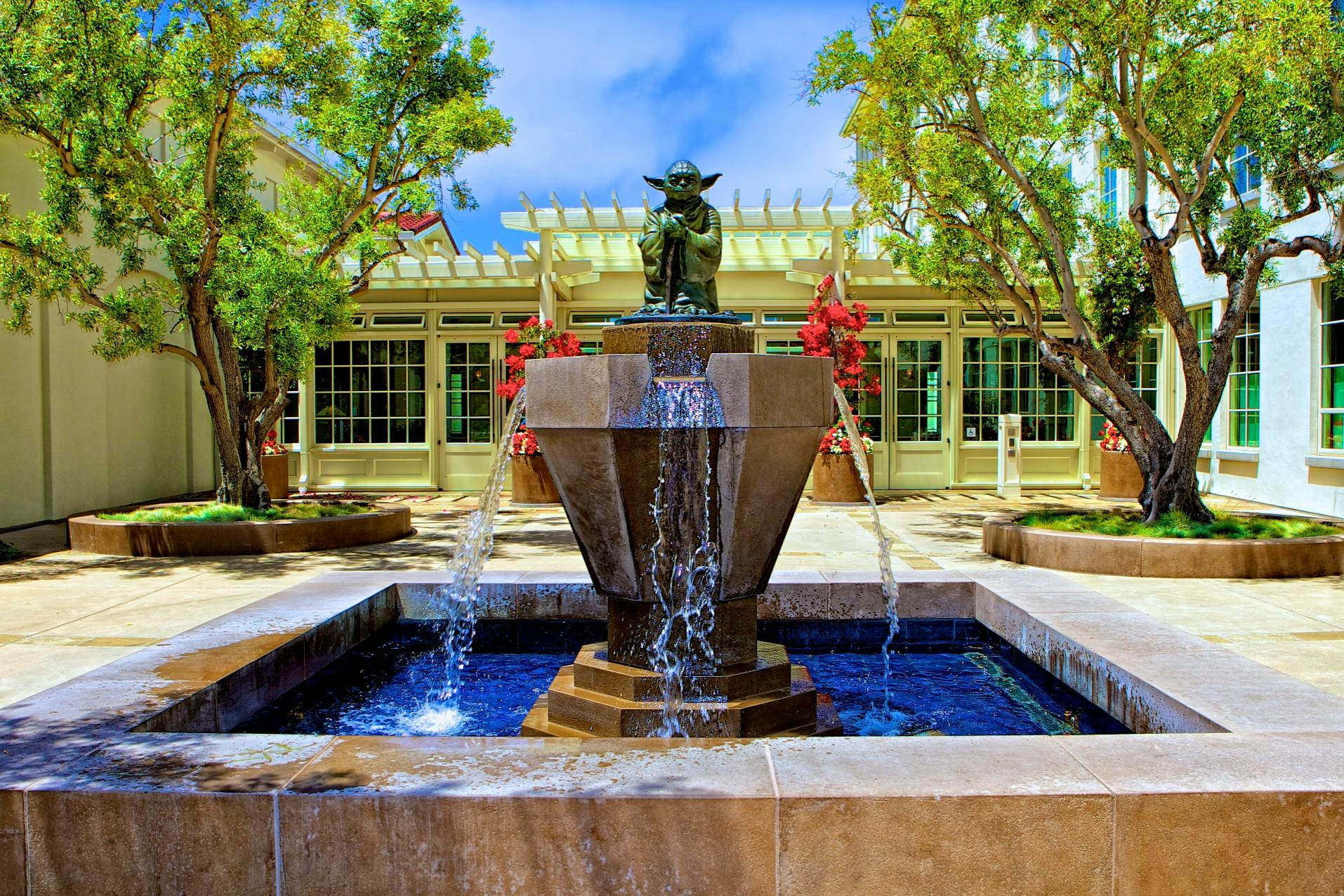Decorative Fountain Pool Construction

Decorative Fountain Pool Construction
Building a decorative fountain pool is a detailed construction project requiring professional expertise. The process involves several key steps to ensure the pool's aesthetic appeal, durability, and functionality.
1. Excavation and Foundation Preparation
- Site Selection and Excavation: Determine the location and shape of the pool, and excavate the area to the desired depth.
- Base Preparation: Level and compact the base and sides of the excavated area to create a solid foundation.
2. Waterproofing and Lining
- Waterproofing Materials: Apply a waterproof liner (e.g., pool liner) to the base and walls of the pool to prevent leaks.
- Decorative Lining: Use decorative stones, tiles, or mosaics to cover the pool's interior surface for an aesthetic finish.
3. Water Inlet and Outlet Systems
- Pump and Filtration System: Install the water pump and filtration system, connecting pipes to regulate water flow in and out of the pool.
- Water Features: Add accessories such as fountains or waterfalls, and ensure electrical connections are safely installed.
4. Filling and Testing
- Filling the Pool: Fill the pool with water and check the water level.
- Leak and System Testing: Check for any leaks and test the pump and filtration system to ensure proper functionality.
Materials Used in Decorative Fountain Pool Construction
Here are the essential materials needed for a decorative fountain pool:
- Waterproof liner: Ensures the pool is watertight.
- Sand or gravel: Used to level the base and aid drainage.
- Concrete or mortar: Provides structural strength for the base and walls.
- Decorative stones or tiles: Enhances the pool's aesthetic appeal.
- Water pump and filtration system: Maintains water circulation and cleanliness.
- Water features: Accessories like fountains and waterfalls add a visual and soothing effect.
- Electrical wiring and equipment: Powers the pump, filtration system, and water features.
Choosing the Right Pool Tiles
Tile selection is crucial for decorative fountain pools. Consider the following features:
-
Waterproof and Durable:
- Ensure the tiles are waterproof to maintain the pool's integrity.
- Durable tiles extend the pool's lifespan.
-
Slip-Resistant Surface:
- Choose slip-resistant tiles to ensure safety around the pool area.
-
Easy Maintenance:
- Opt for smooth and easy-to-clean tiles to prevent algae and dirt buildup.
-
Aesthetic Appeal:
- Select colors and patterns that complement the overall design. Natural stone looks and blue tones are popular choices.
-
UV and Chemical Resistance:
- Tiles should withstand sun exposure and pool chemicals without fading or degrading.
-
Appropriate Sizes and Shapes:
- Choose tile sizes that match the pool’s dimensions. Mosaic tiles are ideal for intricate or curved designs.
Recommended Tile Types
- Mosaic Tiles: Small, versatile tiles available in various colors, perfect for decorative details.
- Natural Stone-Look Tiles: Provide an elegant and organic appearance.
- Glass Mosaics: Bright and reflective tiles that create a striking effect in water.
Concrete for Decorative Fountain Pools
The quality of concrete used in pool construction is critical. Here’s what to consider:
-
Durability and Strength:
- High compressive strength concrete (e.g., C30/37 grade) is essential to withstand water pressure.
- Sulfate-resistant cement enhances durability in aggressive soil and water conditions.
-
Waterproofing:
- Use low water-to-cement ratios (preferably below 0.45) to improve impermeability.
- Add chemical waterproofing agents to seal the concrete and prevent water penetration.
-
Crack Control:
- Reinforce with steel to minimize cracks and increase tensile strength.
- Fiber-reinforced concrete helps control micro-cracks, enhancing water resistance.
-
Aesthetics and Workability:
- Smooth finishes ensure an attractive appearance.
- Add pigments or dyes to the concrete mix for customized color options.
Conclusion
Building a decorative fountain pool requires careful planning, high-quality materials, and attention to detail. Using waterproof liners, durable concrete, slip-resistant tiles, and decorative accessories ensures the pool is not only visually appealing but also long-lasting and functional. With proper construction, your decorative pool will provide years of aesthetic and practical value.
